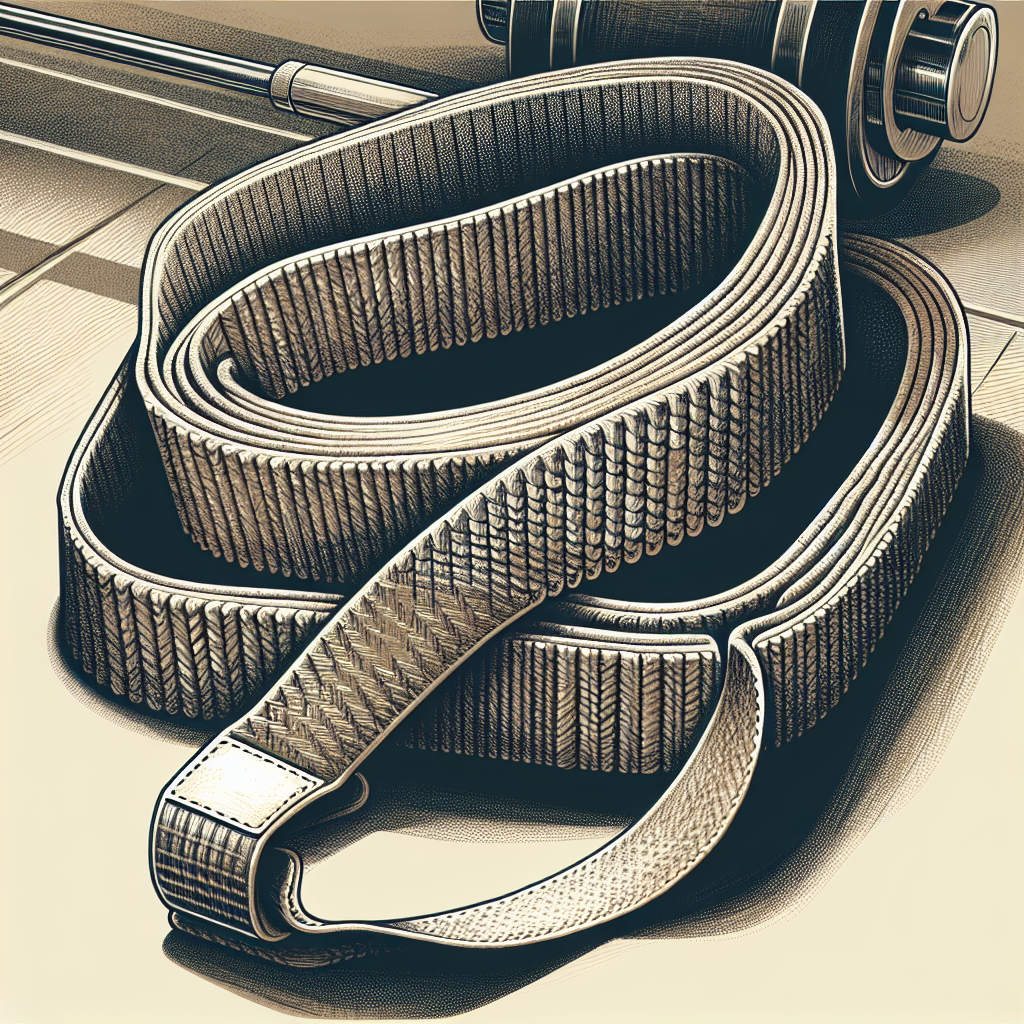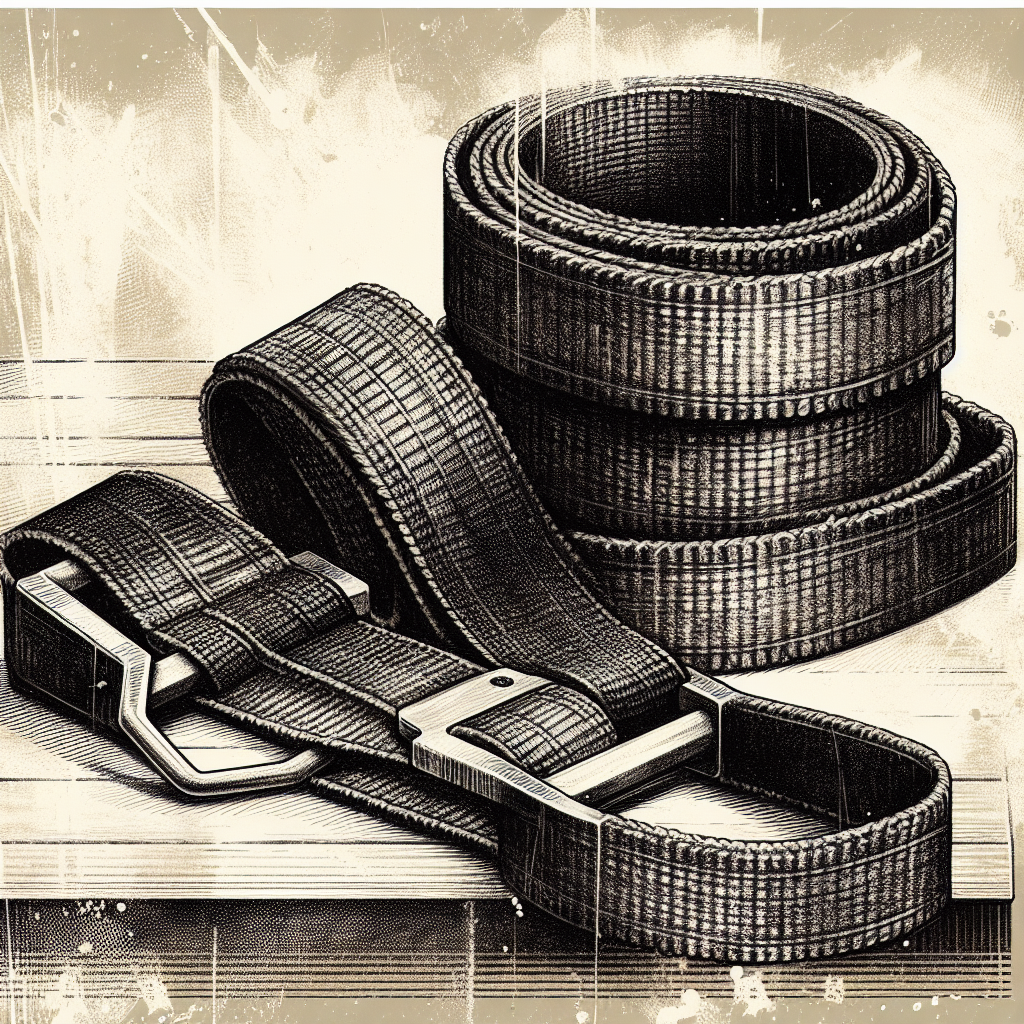Deadlift Grip Straps
Deadlift Grip Straps
Are you ready to take your deadlift game to the next level, mate? If you've been struggling to hold onto that barbell when the weights start getting heavy, it might be time to introduce deadlift grip straps into your lifting routine. These nifty weightlifting accessories are the secret weapon for weightlifters, powerlifters, and anyone who's serious about boosting their deadlift performance. In this post, we'll dive into the benefits of grip straps, reveal how to use them properly, and even help you pick the best grip straps that suit your style. Get ready to grip it, rip it, and smash those personal records like never before! #LiftLikeAPro

The Importance of Grip Strength
Grip strength is a cornerstone of effective deadlifting and weightlifting. A strong grip not only helps in lifting heavier weights but also in maintaining form and preventing injuries. Understanding why grip matters and the challenges associated with it can significantly improve your lifting performance.
Why Grip Matters in Deadlifting
Grip strength is crucial as it represents the connection between you and the bar. Without a strong grip, even the most powerful muscles can't effectively translate force to the weights. A firm grip ensures control and stability, allowing for a safe and efficient lift.
Effective grip reduces the risk of the barbell slipping mid-lift, which can lead to injuries or missed lifts. Moreover, a strong grip aids in maintaining proper form, a critical component for avoiding strain on other parts of the body.
In deadlifting, where weight can be substantial, grip strength often dictates your performance ceiling.

Common Grip Challenges in Lifting
Many lifters encounter grip challenges that hinder their progress. One common issue is the inability to hold heavier weights for extended periods, which can stall strength gains.
Another challenge is fatigue, where muscles in the hands and forearms tire out before larger muscle groups, limiting overall workout potential. This is particularly evident in longer sets or high-repetition workouts.
Additionally, lifters often face grip imbalances, where one hand might be stronger than the other, affecting symmetry and performance. Addressing these challenges is critical for improving overall lifting capability.
Improving Grip Without Straps
Before incorporating grip straps, consider methods to naturally enhance your grip strength. One effective approach is incorporating exercises like farmer's walks or dead hangs into your routine, which directly target grip muscles.
Additionally, using tools like grip strengtheners or hand grippers can help build finger and forearm strength.
Another strategy is to increase the thickness of the bar using grips or tape, forcing your hand muscles to adapt to a larger circumference. These techniques can bolster grip strength without the immediate use of straps.
Benefits of Deadlift Grip Straps
Deadlift grip straps are more than just a support tool; they're an essential part of enhancing your lifting performance. They offer several benefits that can help you lift heavier and more safely.
Enhanced Lifting Capacity
Grip straps significantly boost your ability to lift heavier weights. By securing the barbell to your wrists, they alleviate the demand on your grip, allowing you to focus on lifting rather than holding the bar.
-
Straps assist in maintaining grip during lifting, particularly in high-volume sessions.
-
They enable you to push past grip limitations, unlocking your full potential in deadlifts.
-
Using straps can lead to increased muscle activation, as you're able to lift heavier, targeting larger muscle groups more effectively.
Reducing Wrist and Hand Strain
Another notable benefit of grip straps is their ability to reduce strain on your wrists and hands. By distributing the load away from these smaller, often weaker, muscles, straps prevent common overuse injuries.
-
Straps minimize the risk of tendonitis and other repetitive strain injuries.
-
They promote proper wrist alignment, reducing the chance of hyperextension or strain.
-
For those recovering from hand or wrist injuries, straps can facilitate a safer return to lifting.

Confidence Boost for Heavy Lifts
Confidence is key in lifting, and grip straps can significantly boost your self-assurance with heavy lifts. Knowing your grip is secured allows you to focus entirely on the lift itself, enhancing performance.
-
Straps provide mental reassurance, reducing anxiety about grip failures.
-
They encourage you to attempt heavier weights, pushing through previous limits.
-
With consistent use, straps can help develop a mindset geared towards progressive overload.
How to Use Grip Straps Effectively
Using grip straps effectively is crucial for gaining the maximum benefit from these weightlifting accessories. Proper technique ensures safety and optimizes performance.
Proper Strap Wrapping Techniques
To utilize grip straps properly, follow these steps:
-
Thread the strap through the loop, creating a tight circle around your wrist.
-
Wrap the excess strap around the barbell, ensuring a snug fit.
-
Tighten your grip, securing the strap in place. Ensure it's not too tight to cut off circulation.
Mastering this technique is essential for maximizing the benefits of grip straps. Practice regularly to ensure efficiency and comfort.
Safety Tips for Strap Use
While grip straps are beneficial, using them safely is paramount:
-
Avoid over-reliance on straps to ensure grip strength development.
-
Ensure proper fit to avoid circulation issues or discomfort.
-
Regularly check for wear and tear to prevent unexpected failures.
-
Gradually incorporate them into your routine, particularly with heavier weights to avoid sudden strain.
Incorporating Straps into Your Routine
Incorporating grip straps into your weightlifting routine can be straightforward:
-
Use straps on heavy lifting days to maximize their benefits.
-
Alternate between strap and non-strap days to continue developing natural grip strength.
-
Integrate straps during exercises where your grip is the limiting factor, such as deadlifts or shrugs.
Choosing the Best Grip Straps
Selecting the right grip straps can make a significant difference in your lifting experience. Consider several factors to ensure you choose the best ones for your needs.
Key Features to Look For
When choosing grip straps, focus on:
-
Material: Choose durable materials like cotton or leather for longevity.
-
Adjustability: Ensure straps fit snugly and offer easy adjustments for different grip sizes.
-
Padding: Look for straps with extra padding for comfort during heavy lifts.
These features ensure a secure, comfortable, and effective lifting experience.
Top Brands and Models
Several brands stand out in the grip strap market:
-
Rogue Fitness: Known for robust, high-quality straps ideal for intense lifting.
-
Harbinger: Offers padded straps focusing on comfort without sacrificing strength.
-
Bear KompleX: Provides versatile straps for both beginners and advanced lifters.
Consider these brands when searching for reliable, effective grip straps.
Budget vs. Premium Options
When choosing between budget and premium options, consider:
|
Budget Options |
Premium Options |
|---|---|
|
Affordable |
Higher quality |
|
Basic features |
Advanced comfort |
|
Suitable for beginners |
Ideal for serious lifters |
Choose based on your lifting frequency and personal preferences.
Maximizing Your Deadlift Performance
Combining grip straps with other strategies can elevate your deadlift performance. By integrating various tools and techniques, you can achieve consistent progress.
Combining Straps with Other Accessories
To maximize benefits:
-
Use straps alongside lifting belts for enhanced core support.
-
Incorporate chalk to reduce moisture and improve grip further.
-
Combine with lifting shoes for superior stance and balance.
This holistic approach can greatly enhance your lifting capabilities.
Personal Records and Motivation
Setting personal records can be a powerful motivator. Grip straps help you push past previous limits, making new records achievable.
-
Track progress consistently to stay motivated.
-
Celebrate milestones, using them as benchmarks for future goals.
-
With each record, reflect on the role of grip straps in your success.
Training Tips for Consistent Progress
Achieving consistent progress requires a strategic approach:
-
Vary your routine by incorporating different exercises and lifting techniques.
-
Focus on form to prevent injuries and ensure efficient lifts.
-
Regularly assess your techniques and adapt as needed for continuous improvement.
Implement these tips to ensure a steady climb towards your lifting goals.

Leave a comment
Please note, comments must be approved before they are published